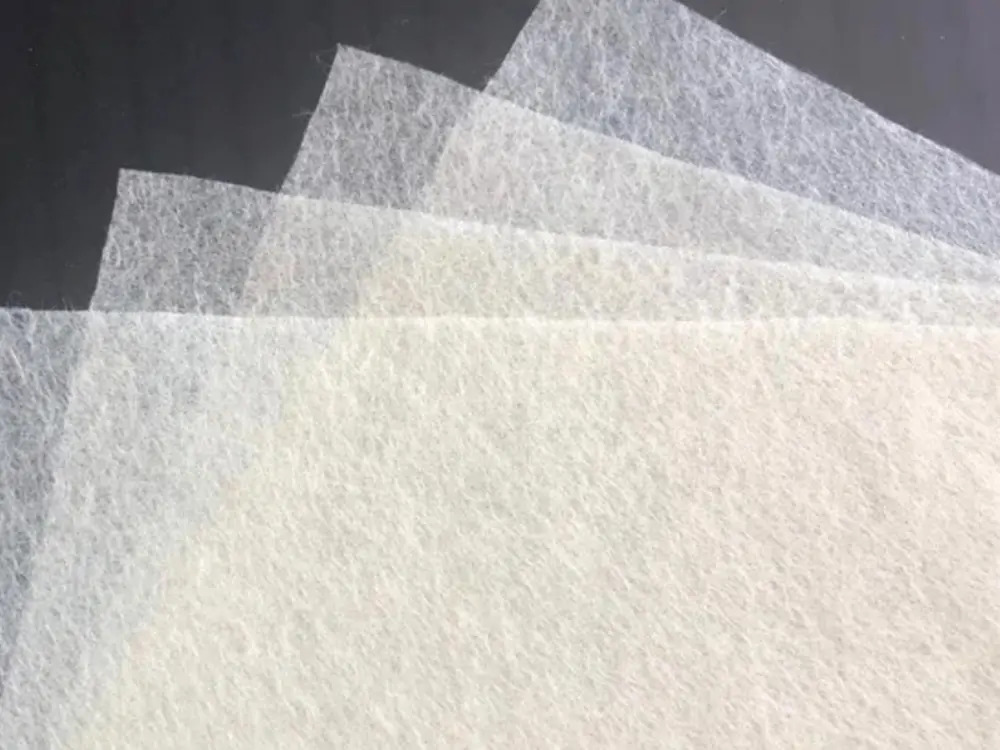








Aramid paper is a cutting-edge material derived from synthetic fibers, primarily meta-aramid and para-aramid. Known for its exceptional strength, heat resistance, and lightweight nature, aramid paper is widely utilized in various industrial applications.

Aramid paper is a specialized material composed of long-chain synthetic polymers. Its dense molecular structure gives it extraordinary toughness, thermal stability, and resistance to wear and tear. These characteristics make it a go-to choice for demanding environments across multiple industries.
Aramid paper originated in the 1960s following Stephanie Kwolek's groundbreaking work at DuPont, which led to the invention of Kevlar—the first aramid fiber. This discovery revolutionized industries by providing a material with an unmatched strength-to-weight ratio.
Aramid paper is a critical component in numerous applications, delivering unparalleled benefits such as:
Aerospace and Defense: Reinforces aircraft components and personal protective equipment, enhancing safety and reducing weight.
Automotive Engineering: Found in brake pads and gaskets for its heat-resistant properties.
Fire Safety: A key material in firefighter gear, thanks to its flame-resistant attributes.
Electrical Applications: Acts as a reliable insulator in transformers and power cables.

The creation of aramid paper involves a meticulous process:
Raw Material Preparation: Aromatic amine and acid chloride are polymerized to form aramid fibers.
Fiber Formation: Wet spinning processes create fibers with superior tensile strength.
Sheet Formation: Fibers are combined with binders to form uniform aramid paper sheets through controlled drying and pressing.
High Tensile Strength: Ideal for applications demanding durability and resistance to stress.
Exceptional Heat Resistance: Maintains stability under extreme temperatures.
Lightweight and Mechanically Robust: Combines low weight with remarkable strength.
Electrical Insulation: Ensures safety in high-voltage environments.
Chemical Resistance: Withstands exposure to harsh chemicals without degradation.

Aramid paper’s versatility makes it indispensable across various industries:
Electrical Industry: Insulates cables, transformers, and other electrical components.
Aerospace: Provides lightweight reinforcement for aircraft and spacecraft components.
Automotive: Enhances brake pads, clutches, and gaskets with its heat resistance.
Construction: Reinforces materials like concrete and seismic retrofitting structures.
Sports Equipment: Improves safety and performance in helmets, skis, and bicycles.
Lightweight yet strong, reducing material bulk while maintaining durability.
Flame-resistant, ensuring safety in high-temperature environments.
Chemically and electrically resistant, making it suitable for diverse applications.
Higher manufacturing costs compared to traditional materials.
Susceptible to moisture absorption, which can affect performance.
Aramid Paper vs. Traditional Paper: Aramid paper is significantly stronger, heat-resistant, and durable.
Aramid Paper vs. Carbon Fiber: While carbon fiber is more rigid, aramid paper offers better flexibility and insulation properties.
Aramid Paper vs. Aramid Fabrics: Aramid paper excels in insulation, while fabrics are preferred for impact resistance and structural reinforcement.
Research and innovation continue to expand the potential of aramid paper, focusing on:
Eco-Friendly Manufacturing: Developing sustainable production methods and reducing energy consumption.
Emerging Applications:
Renewable Energy: Reinforcement in wind turbine blades.
Medical Devices: Advanced wound dressings and antimicrobial applications.
Architecture: Earthquake-resistant structures and innovative designs.
Space Exploration: Lightweight components for satellites.
Aramid paper is a versatile and high-performance material with wide-ranging applications. Its unique combination of strength, heat resistance, and lightweight nature makes it indispensable in industries such as aerospace, automotive, and construction. With ongoing advancements, aramid paper is poised to play an even greater role in future technological and industrial innovations.
